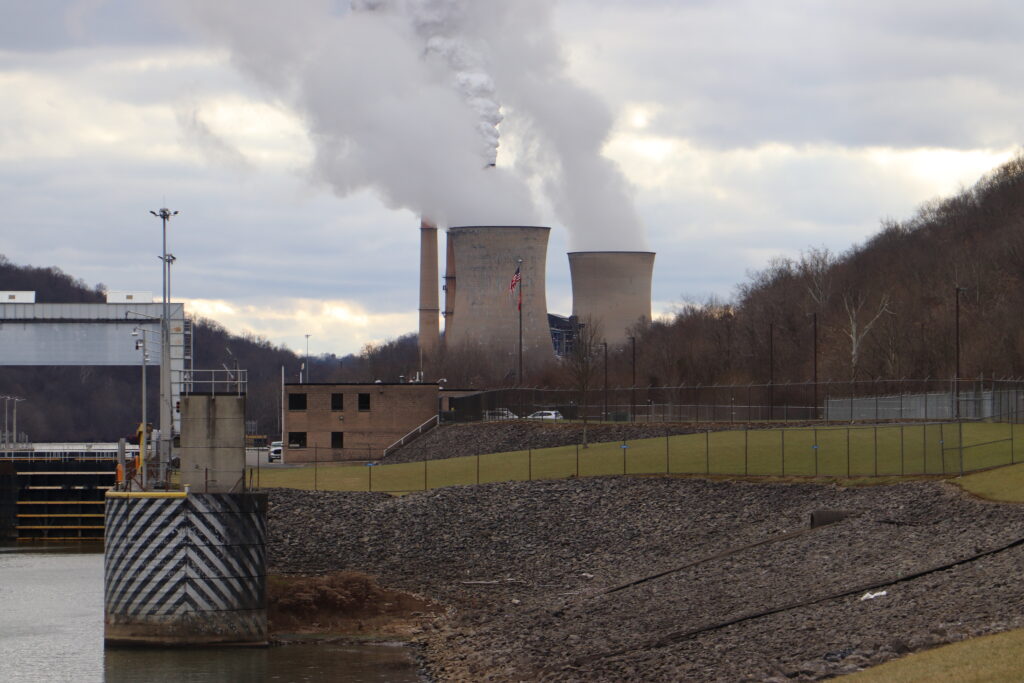The U.S. Supreme Court has put a federal rule limiting ozone pollution from power plants on hold, for now.
In a 5-4 decision Thursday, the court paused what’s known as the Good Neighbor Rule, an effort by the U.S. Environmental Protection Agency to limit nitrogen oxide, which forms smog and can drift into neighboring states.
West Virginia, Ohio and Indiana led the challenge to the rule. The Supreme Court’s decision means the rule’s fate could be decided by the U.S. Court of Appeals in the District of Columbia.
West Virginia Attorney General Patrick Morrisey argued that the rule could lead to power plant closures that would threaten the reliability of the electricity grid.
Indeed, the rule, should it survive, would require coal-burning plants to use the best available system to reduce nitrogen oxide emissions.
West Virginia has one plant, Mon Power’s Fort Martin Power Station, that currently lacks such technology. It is estimated to cost $500 million to make the upgrade.
Trump-appointed Justice Amy Coney Barrett joined the court’s three liberal justices in dissent.






















